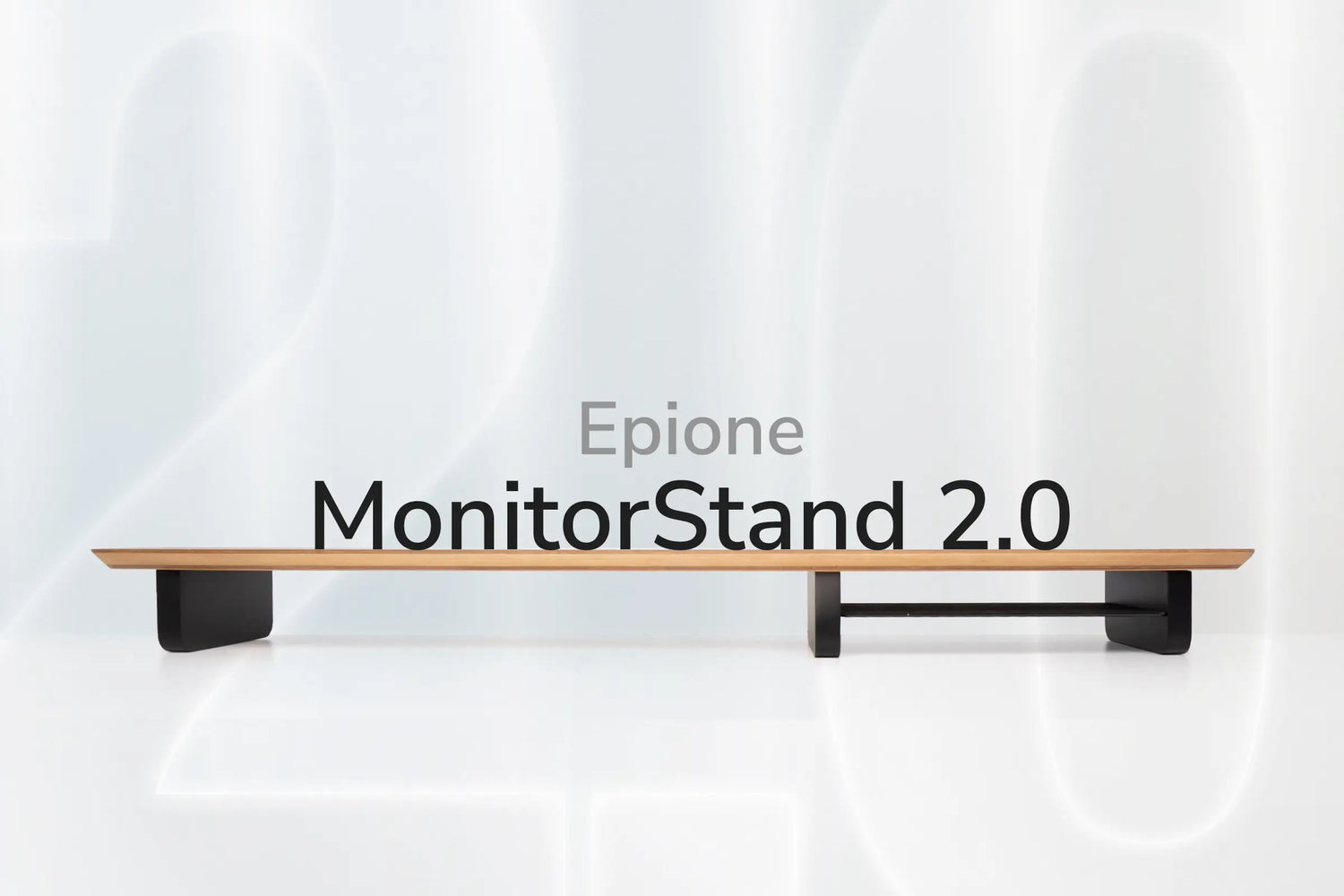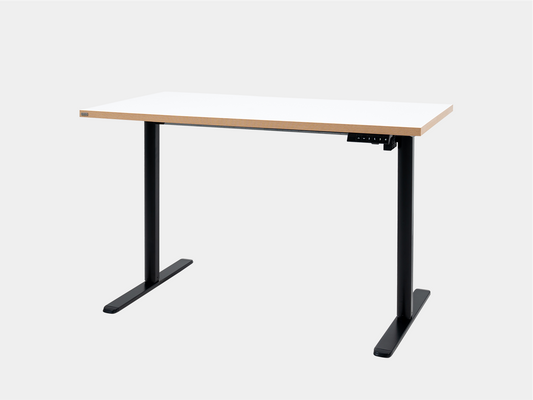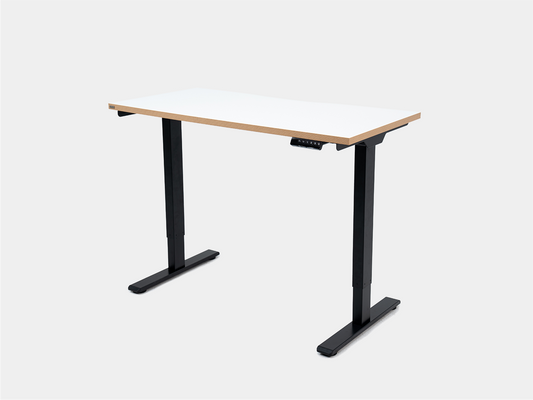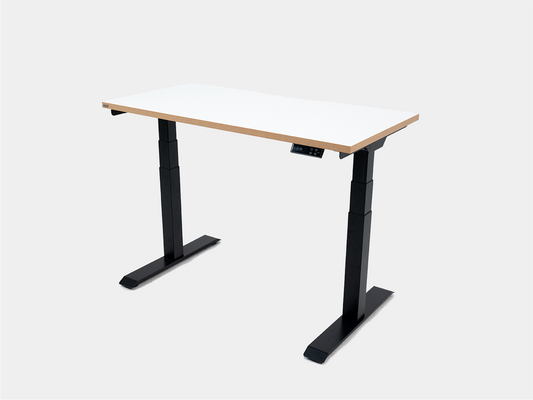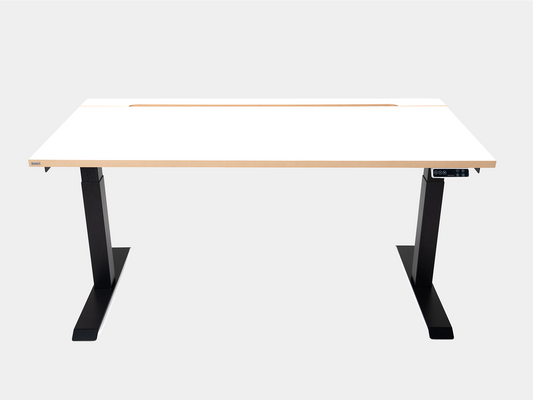Nowadays, we are living in a world surrounded by modern technology, and sustainable development seems to require improving the current working environment. Besides, talents are often attracted to flexible and creative workplaces. In this article, Epione will give businesses an overview of a “smart” office.

What is a "smart" office?
According to Growth Market Reports, the global smart office market is booming, with the highest growth potential in North America and Asia, followed by Latin America and Europe. It is expected to reach $73.8 billion by 2027, growing at a CAGR (compound annual growth rate) of 13.14%.
The system automatically identifies areas where people are to turn on/off lights, office furniture has the ability to remind people to take breaks, or virtual assistants help employees answer questions and register meeting rooms,... All are smart offices.
A smart office is one where technology is seamlessly integrated into the work environment. It helps speed up workflows, making communication between employees and management faster, more efficient, and smarter.

What is a smart office?
However, technology is not the only factor that creates a smart workplace. The balance between people, workspace and technology is the core factor that creates a smart office:
- People: Who are the users of smart connections, employees, partners or C-level? What are their needs? Do they have the skills to use new technologies? Do they want to work remotely?
- Workspace: Does it support the organization's workflow and meet stakeholder expectations (office furniture, lighting, noise, etc.)?
- Technology: The choice of technology should be appropriate for the organization's People and improve the weaknesses of the Workspace. For example, if your business wants to optimize repetitive tasks, automation should be a priority, such as meeting room management, automatic temperature adjustment, lighting when there are people in the room, etc.
Benefits of owning a smart office
1. Save operating costs
Hybrid working is a great example of this benefit. What do you think happens on days when most employees are not in the office?
- Office space and input costs will be significantly reduced
- A huge amount of electricity consumption is cut
- Save on maintenance costs and security
- Increased ability to attract and retain top talent
Another example is Chatbot. It can help answer questions, advise customers, provide personalized information to users,... much more accurately and quickly than humans. At that time, human resources will have time to focus on really important tasks that Chatbot cannot replace.
2. Increase productivity
Process automation frees up human resources time on low-value, repetitive tasks. It helps businesses run more smoothly, produces better quality output, and makes it easier to track performance with specific metrics.
Devices such as smart desks (with the ability to lift and remind people to take a break), smart meeting rooms (which schedule and notify people of the time, location, and any changes) all contribute to increasing employee productivity.

Increased productivity.
3. Improve employee satisfaction
When technology is easily and seamlessly integrated into the workplace, employees will be more inspired to return to work. Smartly connected offices and AI-managed meeting rooms enable team meetings and daily discussions to be conducted efficiently even when employees are not in the office. This increases connectivity and effective communication between everyone in the organization.
4. Data-based analysis and reporting
Smart office technology often provides extensive analytics reports that allow businesses to analyze office usage, time management, attendance, and employee performance. Businesses can also easily control inefficiencies and easily customize accordingly.
5. Increase security and data safety
While IoT opens the door to endless possibilities, the risk of data security from cyberattacks remains a significant concern. Data must be encrypted – encryption can be built into the device or into the application that communicates with it. A few basics should be followed to improve IoT security:
- Implement security from the start
- Allows for future updates and testing
- Device authentication and access control
- Prepare for all forms of cyber attacks
- Regularly backup data

Increase security and data safety.
Smart office solutions not to be missed
1. Pre-booking management system
- Room Reservation System: Used to book rooms on demand (private rooms, group discussion rooms, etc.). It has the ability to detect, manage, review, and notify people whether the room is vacant or occupied. If there is a change, it will notify all participants immediately. This solution makes it easy for employees to plan while ensuring that the space is used to its full potential.
- Hot desking: Employees can choose their preferred desk before work, during certain hours, or give it to others while they are in meetings or out for lunch. This maximizes office space and gives employees a sense of more control over their on-site experience.

Illustration of hot desking.
2. Sensor technology
-
- Environmental sensors: Monitor temperature (connected to HVAC system), humidity (connected to HVAC system or dehumidification system), light, noise and air quality (monitor CO2, PM2.5 and TVOC levels) to ensure everything is stable, providing the best experience for employees.
- Light sensors: Ability to detect environmental changes through sensor eyes to promptly adjust the appropriate lighting. Detect and monitor the brightness of an area in the office, supporting data collection on how lighting affects space usage.

Light sensor technology.
- Occupancy sensors: Use passive infrared (PIR) sensors to detect movement by receiving infrared radiation. Helps measure usage and monitor occupancy levels in conference rooms, phone booths, or any other space in the workplace, thereby making decisions to adjust the appropriate space size or remodel certain areas.
- Visitor counting sensors: Often installed at office entrances or other key points to track the number of people passing through. They help capture data on how space is used and when traffic peaks and dips.
3. Health and safety solutions
- Office Security System: Now remotely controllable, integrating CCTV, thermal IP cameras, audio sensors, fire, smoke, flood and CO2 sensors on a single interface. It is also connected to local authorities and emergency services.
- Ergonomics: The Washington State Department of Labor and Industries conducted a study of a group of 4,000 employees who, when they started using ergonomic furniture, saw a 40% increase in productivity. According to another report by the US Centers for Disease Control and Prevention (US CDC) , those who reduced their sitting time to 66 minutes a day with a height-adjustable desk reduced their neck and back pain by as much as 54%.

Ergonomic solutions.
4. Security Management
- Access Control: A physical security method that controls or limits access to a space. By integrating employee IDs and rooms with access control technology, system synchronization will provide different levels of access to different employees depending on their location. This ensures the right people are in the right place while keeping the office secure.
- Network Security Control: Cyberattacks on corporate wifi and theft of sensitive information are becoming more common. Security management solutions can identify which employees and visitors are authorized and allow them to access your network.
Challenges in implementing smart offices
- High Cost: Installing and maintaining smart office technology can be expensive as it requires skilled technicians to install, maintain and repair.
- Security Risk: Hackers can use vulnerabilities in one device to gain access to an entire office network, compromising sensitive business data.
- Privacy concerns: Over the past few years, apps, websites, and surveillance technology have all come under fire for collecting and storing “too much” data. When considering new smart office technologies, it’s important to do your research or consult with a privacy expert.
- Compatibility: Smart office technology may not be compatible with older devices and systems. Another thing to note is that many IoT vendors create devices that are only compatible with hardware and software that partner with their brand.
- Risks of personalization and disconnection: There are some downsides to people having the freedom to set up private work spaces. It can cause disconnection between individuals as they no longer communicate as frequently.
Smart office is the trend of the world in the future. Epione hopes that the above information is useful and helps businesses make the right decisions when building a “smart” workplace, ensuring quality output.
